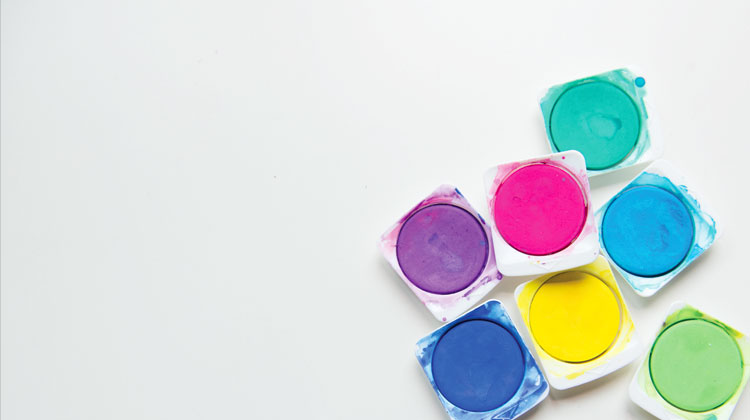
Diamond color is graded on a scale from D to Z with D-color being the most colorless and Z-color being the most tinted. This is further subdivided into smaller ranges.
Most of you only need to be aware of 2 ranges:
- Colorless – D E F
- Near-colorless – G H I J
If you know you are not color-sensitive, or you are specifically looking for a warmer looking diamond then you can consider the other ranges:
- Faint – K L M
- Very Light – N to R
- Light – S to Z
What are the differences between diamond color grades?
Most reputable jewelers only stock diamonds that are D to K and there is a good reason for this. Beyond K color, most people can definitely tell that the diamond has some yellow to it. The difference between each color grade is very slight, but the scale is not linear. What I mean is that the difference between a D and an E is much smaller than the difference between an I and a J.
This is why most people choose a color grade that is around the G color grade (going higher or lower depending on preferences and budget allowances). Between two color grades, it is very unlikely that you will be able to tell the difference in color especially when the diamonds are face up. In fact, the reason why diamonds are graded from the side is because it’s too difficult to distinguish diamond color face up even for a trained professional.
For those of you who only care about the face up view, this fact should give you some reassurance if you’re debating between two color grades. However, it is a mistake to believe that there isn’t a visible difference between an E and a G so you are not paying for something you can’t see. Definitely if you compare a D and a G most people will be able to tell that there is something different but they may not know how to describe the difference that they see.
The color in a diamond is due to nitrogen impurities that were in the diamond as it formed in the earth. These impurities absorb some of the light entering the diamond and causes color and tint. Most diamonds, except D color diamonds have a yellow tint but diamonds can have undertone colors other than yellow.
Avoid diamonds that are tinted grey, brown, or green because these diamonds will look darker for their color grade. Green tinted diamonds are also commonly Marange diamonds from Zimbabwe that have been involved in human rights abuses. Ask the seller or get a picture of the diamond from the side to make sure that the undertone color of the diamond is yellow and you can easily avoid this risk.
Within the colorless grade, the yellow hue is almost negligible so the difference between a D, E, and F color diamond is in transparency. The technical gemological term for transparency is ‘diaphaneity’. Diaphaneity in diamonds is affected by more than just nitrogen impurities and diamond color is only one factor in determining the transparency of a diamond.
In the past, the term ‘water’ was used to describe the effects of diamond color and transparency together. For example, a diamond can be described as being of “the finest water”. Transparency affects how much brilliance a diamond has but simply going down to an F from a D is not going to have a significant impact on the brilliance of the stone if all other things are equal.
D-color Diamonds
A D-color diamond is naturally much rarer than diamonds with a slight yellow tint. To give you an idea of how rare D-color diamonds are, it is believed that D-E color diamonds together make up less than 2% of all diamonds.
D-color diamonds have so few impurities that they have a negligible effect on the diamond. There are even diamonds with no nitrogen impurities at all. These are type-2a diamonds and are most often D in color.
Actually, there are diamonds from the Golconda mines in Southern India, long mined out, that are D+ in color, or “whiter than white“. These diamonds are usually natural type-2a and have the welcome side-effect of typically being very large diamonds. These diamonds are not obtainable unless through auction and are extremely expensive.
The reason I am telling you this is because I hope you will realize that for the majority of us, there is no point in chasing the theoretically perfect. Another reason why you might not want a type-2a diamond is that these are the diamonds that are good candidates for color treatment using high pressure and high temperature (HPHT).
GIA lab reports will show that the color of the diamond is undetermined when they come across a diamond that they cannot be certain has not been through the HPHT color enhancement process. This means that you can never be certain whether your diamond was naturally a D+ color diamond or one that was color enhanced. In case you were wondering, the diamonds that we normally deal with are type-1a.
In my opinion, D-color diamonds are special because these are diamonds that are obtainable and have the least amount of nitrogen impurities among all natural type-1a diamonds. An interesting history behind the usage of the letter D is that it was chosen to differentiate GIA’s ‘new’ grading system from the other grading systems at the time that used the letters A, B, and C.
GIA vs AGSL vs EGL
There’s a common myth out there that I need to bust.
You may have been told before that GIA is stricter than AGSL when grading color but this is simply not true. The truth is that GIA and AGSL are the two most reputable labs in the world and they follow the same grading standard when it comes to diamond color.
In fact, GIA has many more labs all over the world and grade many more diamonds so the chances of a GIA diamond being over-graded is actually higher than for an AGSL diamond. The reason why in practice you come across many AGSL diamonds that are softly graded is due to certain unscrupulous sellers shopping around for the best possible grade.
To be safe you should only buy AGSL graded diamonds from specialized super ideal-cut sellers. The jewelers that specialize in super ideal-cut diamonds are usually stricter in their selection process than the labs for their in-house diamonds.
The real problem when it comes to over-grading is that there are certain labs that use GIA terminology yet do not adhere to GIA grading standards.
Avoid diamonds graded by the European Gemological Laboratory (EGL) because they are known to grade diamond color by two or more grades lower than GIA standards. If you’re considering getting an EGL graded diamond so that you can get a higher color diamond, you should probably be aware that the Rapaport Group has now banned all EGL graded diamonds on their diamond trading platform for the trade.
High and Low Color Grades
Most people don’t know this but when you are using a colorimeter to measure a diamond’s color, it will output whether a diamond is a high, medium, or low within that color grade. That means that a high G-color diamond is closer to an F-color and a low G-color is closer to an H-color.
What you want is a medium to high color because you want to ensure that if re-graded, your diamond is at least the color that it was graded the first time. This is important because diamond color is graded using the human eye and human error will always be a problem. It is not unusual to find a high H-color to be whiter than a low G-color, etc.
The most important thing is to make sure that the diamond’s color is graded correctly so although I think it is a good idea to try to avoid a low color within a color grade, I don’t advise stressing out and placing too much weight on trying to find a diamond that is a high color within a color grade.
Finding your Preferences
Look at the comparison below and ask yourself: What is the lowest color that you can accept visually (eye-clean)? What is the lowest color that you can accept mentally (mind-clean)?
All the diamonds I will show you now are under a similar lighting environment.
D v J color from the side
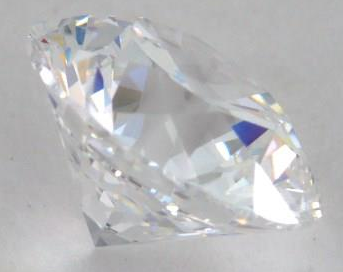
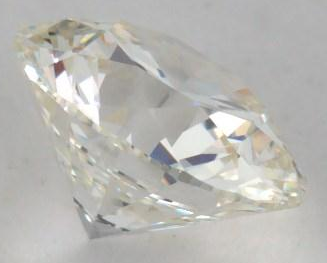
Same D v J from face up
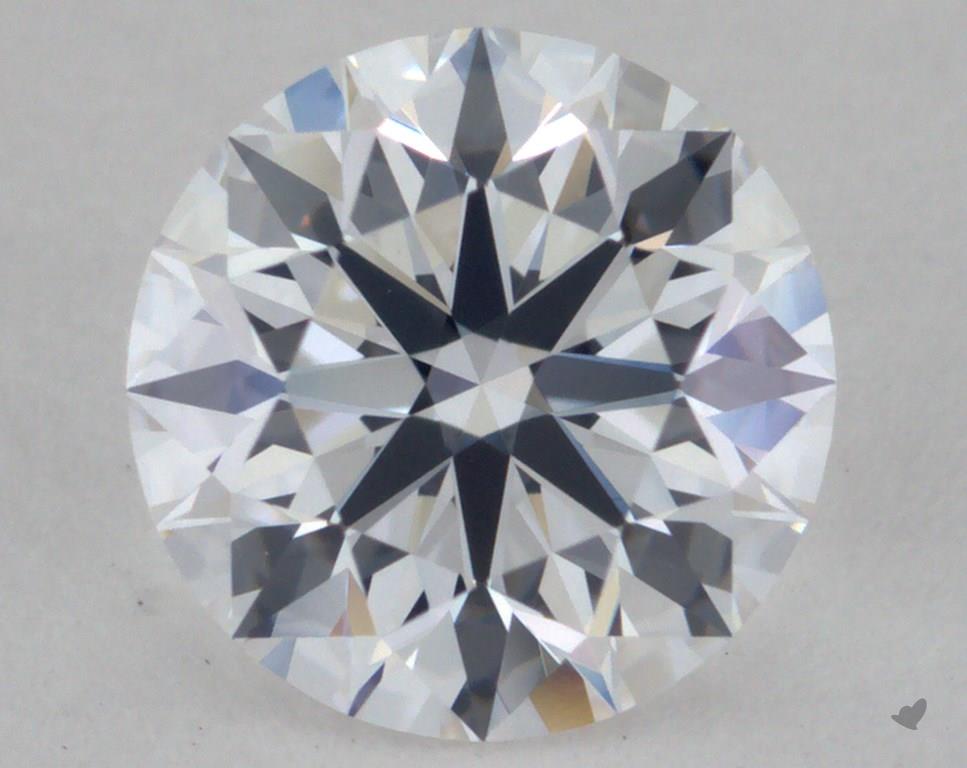
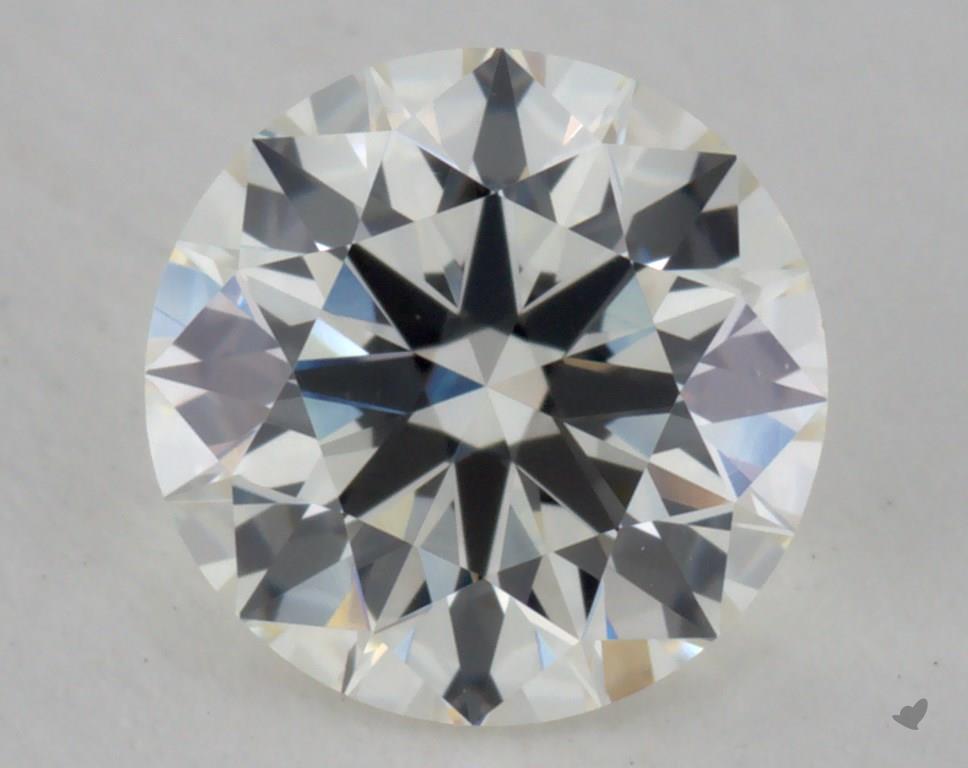

When we talk about diamond color what we are looking at is the body color. This is important because body color is judged from the side and is different to the face up color, which is highly influenced by cut. A diamond that is well-cut will return more white light making the body color less apparent. This is why the best way to see diamond body color is from the side.
Here’s another comparison of the same D-color diamond against a GIA good-cut J-color diamond. You can see that the good-cut J-color diamond looks much more yellow than the excellent-cut J-color. These J-color diamonds are best described as having a yellow tint to the body.




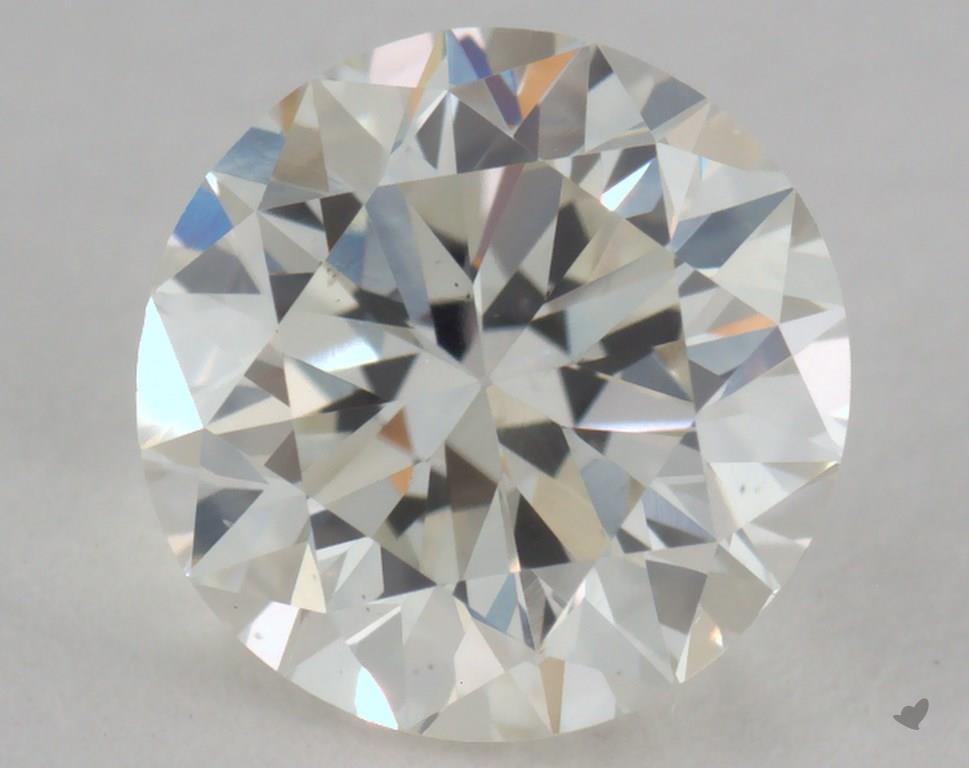

Now look at the D-color diamond on the left. The color you can see in this picture is not body color, but is a reflection of the color from elsewhere in the room. The bright white areas are glare so you don’t want to look there either. The trick is to look at the areas where you can see through the diamond, a more tinted diamond at the colorless range will appear less transparent rather than being yellow tinted.
Now look at the diamond on the right. The yellow color is strongest in the areas where there are sharp corners in the diamond. When assessing a diamond for color, you want to make sure you examine the diamond upside down against a neutral background like a white sheet of paper. The person showing you the diamonds should be able to assemble a white paper tray for you to examine the diamonds.
It is possible for two diamonds to be assigned the same color grade despite looking differently. This is because diamond body color is judged by its ‘color depth’, which is a combination of the color tone and its saturation. Color depth is a good approximation of how noticeable the color is in any particular diamond.
Here are diamond comparisons that I hope will be helpful to your decision. I took these images from James Allen using their 360-degree function with their permission. I have selected diamonds where I found the lighting and photography set up to be fairly consistent. I have also chosen diamonds that to my eyes are in the middle of the color range.
Please note that you are viewing these diamonds in the most critical conditions and also magnified so that in reality, you are not likely to notice as big of a difference.
D v E
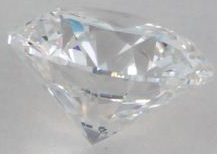



E v F




F v G




G v H




H v I


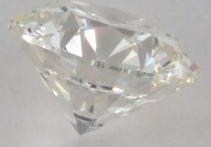

I v J


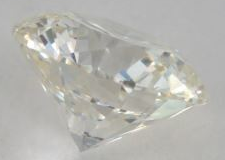

J v K


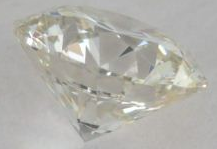

Conclusion
Hopefully from this comparison you can draw your own conclusions about diamond color. Color is subjective so the important thing here is to not let other people influence your decision as to what your eyes can see.
That said, I’ve found that most people are surprised at the color they can get away with before the yellow tint is noticeable for them in real life. Take a look again at this comparison between the D and the I, you can see that face up, this well-cut I-color diamond actually looks pretty white.
D v I color from the side


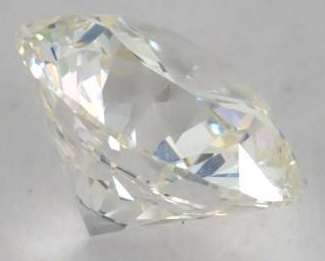

Same D v I from face up




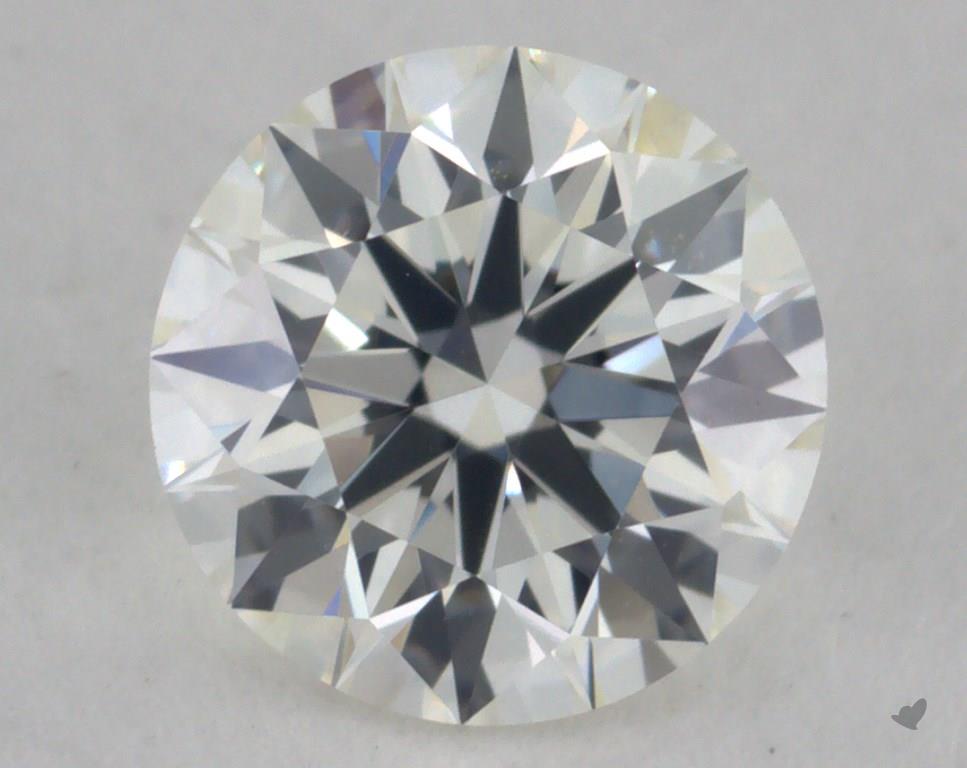

Your preference for diamond color is something you can go to a jewelry store to figure out so I highly recommend that you do this. There’s no way I can tell you how color sensitive you are, but if you want my help in picking a diamond once you figure out your preferences, then please feel free to get in touch.